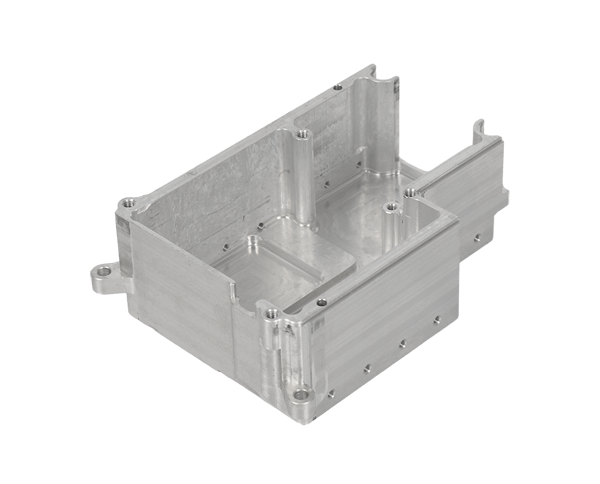2025-02-18 hits:0 source:News

The design and production of aluminum die - casting radiators are of great significance in the field of heat dissipation for various electronic devices. Aluminum is a popular choice for radiator manufacturing due to its excellent thermal conductivity, relatively low density, and good corrosion resistance.
In the design phase, the first consideration is the heat dissipation area. The shape and structure of the radiator fins are carefully designed to maximize the surface area in contact with the air. For example, fin - type radiators often have closely - spaced, thin fins to increase the heat transfer area. The height and thickness of the fins are also optimized based on the specific heat dissipation requirements. Taller fins can provide more heat dissipation area, but they also need to be structurally stable to avoid bending or breaking during the die - casting process.
Another important design factor is the fluid flow path. In some cases, radiators are designed to work in conjunction with fans or natural convection. For forced - air - cooled radiators, the design should ensure smooth air flow through the fins to enhance heat transfer efficiency. Channels and baffles may be incorporated into the design to direct the air flow precisely where it is needed most.
When it comes to production, the aluminum die - casting process is highly efficient. First, a precise mold is created. The mold is typically made of high - strength steel to withstand the high pressure and temperature during the die - casting process. Molten aluminum is then injected into the mold cavity at high pressure. This ensures that the aluminum fills every detail of the mold accurately, resulting in a radiator with complex and precise shapes. After the aluminum solidifies, the mold is opened, and the cast radiator is ejected.
Post - processing steps are also crucial. These may include surface finishing such as sandblasting to improve the heat dissipation performance by increasing the surface roughness, or anodizing to enhance corrosion resistance and give the radiator an aesthetically pleasing appearance. Quality control measures are implemented throughout the production process, including inspections for defects such as porosity, cracks, and dimensional inaccuracies.
Read recommendations:
2020 t slot aluminium extrusion
lf you have any questions or comments, you can leave us a message and we will reply to you as soon as possible
